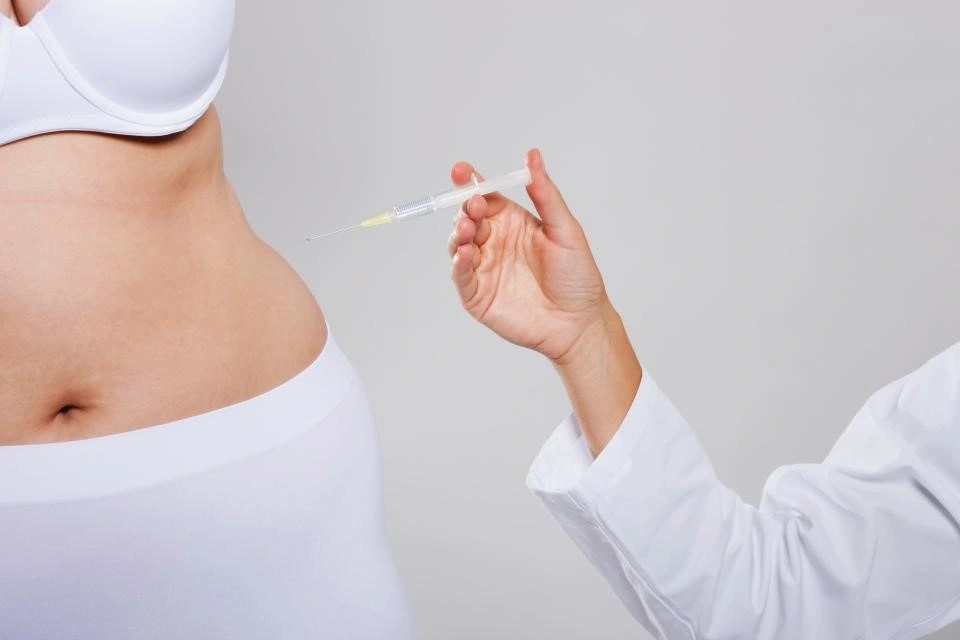1. Obesity in America: A Disease Linked to Poverty
According to the CDC, more than 42% of American adults are obese, but the rate is not evenly distributed. Studies show:
-
Low-income, non-educated, non-white, and immigrant groups have significantly higher obesity rates than average.
-
Areas with the highest obesity rates are often located in “health deserts ,” where people lack access to adequate preventive or specialist health care.
The result: obesity becomes a dangerous cycle of ignorance – lack of treatment – high medical costs – continued poverty .
2. GLP‑1: A treatment model that goes beyond “weight loss”
Since 2021, the FDA has approved the following injectable weight loss drugs:
-
Wegovy (semaglutide) – specifically indicated for the treatment of obesity
-
Saxenda (liraglutide) – used in adults and adolescents
-
Mounjaro (tirzepatide) – originally for diabetes, but showing remarkable effectiveness in weight loss
Unlike older drugs that act on the central nervous system, GLP‑1 works through an endocrine mechanism :
-
Slows down digestion
-
Suppress hunger
-
Stabilize blood sugar and improve metabolism
More importantly, patients can lose 12–20% of their body weight steadily , thereby significantly reducing the risk of cardiovascular disease, diabetes, fatty liver, and sleep apnea .
3. Medicaid: A Door of Opportunity – or a Roadblock?
Medicaid is a public health insurance system that covers more than 80 million Americans , primarily low-income people, the elderly, people with disabilities, and children.
However, unlike Medicare, which is a unified federal program, Medicaid is decentralized to each state . This leads to a situation where:
-
Some states (California, Massachusetts, New York, Illinois…) cover weight loss injections in full if the patient meets the conditions.
-
Some states only pay if the patient has diabetes , not for weight loss alone.
-
Many states (Texas, Florida, Alabama…) do not support GLP‑1 for any purpose.
The result: same patient, same medical condition, but completely different treatment options just because they live in different states .
4. Approval process: Difficult not only because of cost
To be covered for injectable weight-loss medications through Medicaid, patients typically must:
-
Have BMI ≥ 30 , or ≥ 27 if you have underlying disease
-
Demonstrated failure to lose weight with lifestyle changes for at least 6 months
-
Have a doctor prescribe and closely monitor
-
Submit prior authorization application with complete medical evidence
This process requires patience, knowledge and coordination between patient – doctor – insurance , which not everyone can do, especially in low-income groups.

5. The Real Cost: What’s Going On?
Without Medicaid, drug costs are very high:
-
Wegovy: 1,300 – 1,500 USD/month
-
Saxenda: 1,100 – 1,400 USD/month
-
Mounjaro: 1,200 – 1,600 USD/month
Compared to the median family income on Medicaid (typically less than $30,000 a year), this is simply not possible without support from the public insurance program.
However, public health experts argue that:
Medication costs are high – but the cost of treating the consequences of obesity is much higher.
A severely obese person can cost the health system an additional $10,000 to $15,000 a year due to comorbidities.
6. Benefits beyond weight loss
In addition to weight loss, GLP-1 injections also provide significant improvements in:
-
Reduces the risk of developing type 2 diabetes by 60–80% in people with prediabetes
-
Significantly reduces bad cholesterol levels, improves liver function
-
Supports blood pressure control, improves sleep quality
-
Reduced levels of depression and anxiety in chronically obese people
Many patients, after taking the drug, not only “got thinner” but also had reduced joint pain, improved mobility, and increased work performance – things they had previously given up hope of.
7. Policy problem: What can the US do next?
Experts suggest several reforms needed to make GLP‑1 available to more people:
-
CMS (Centers for Medicare & Medicaid Services) Should Issue Uniform Federal Guidance on Weight-Loss Drug Coverage
-
States should prioritize high-risk groups : obese people with cardiovascular disease, diabetes, postpartum women, obese adolescents, etc.
-
Implement a pay-for-performance model: medication is only continued if the patient loses ≥5% of their weight after 6 months
-
Improve the prescription and filing system so that doctors and patients are not overloaded with administrative procedures.
8. Conclusion: A small change can lead to big reform
Injectable weight-loss drugs aren’t the only answer to the obesity epidemic, but they are a vital part of the modern treatment system—one that, without Medicaid, millions of Americans would never have access to.
Expanding coverage is not only the right thing to do medically, but also a step forward for health equity , for putting everyone – rich or poor – in a position to have access to effective treatment.
If you are living with obesity and have Medicaid, don’t hesitate to learn about your state’s policies. The opportunity for effective, safe, and scientifically proven treatment is closer than ever – if we know how to seize it and demand it.

